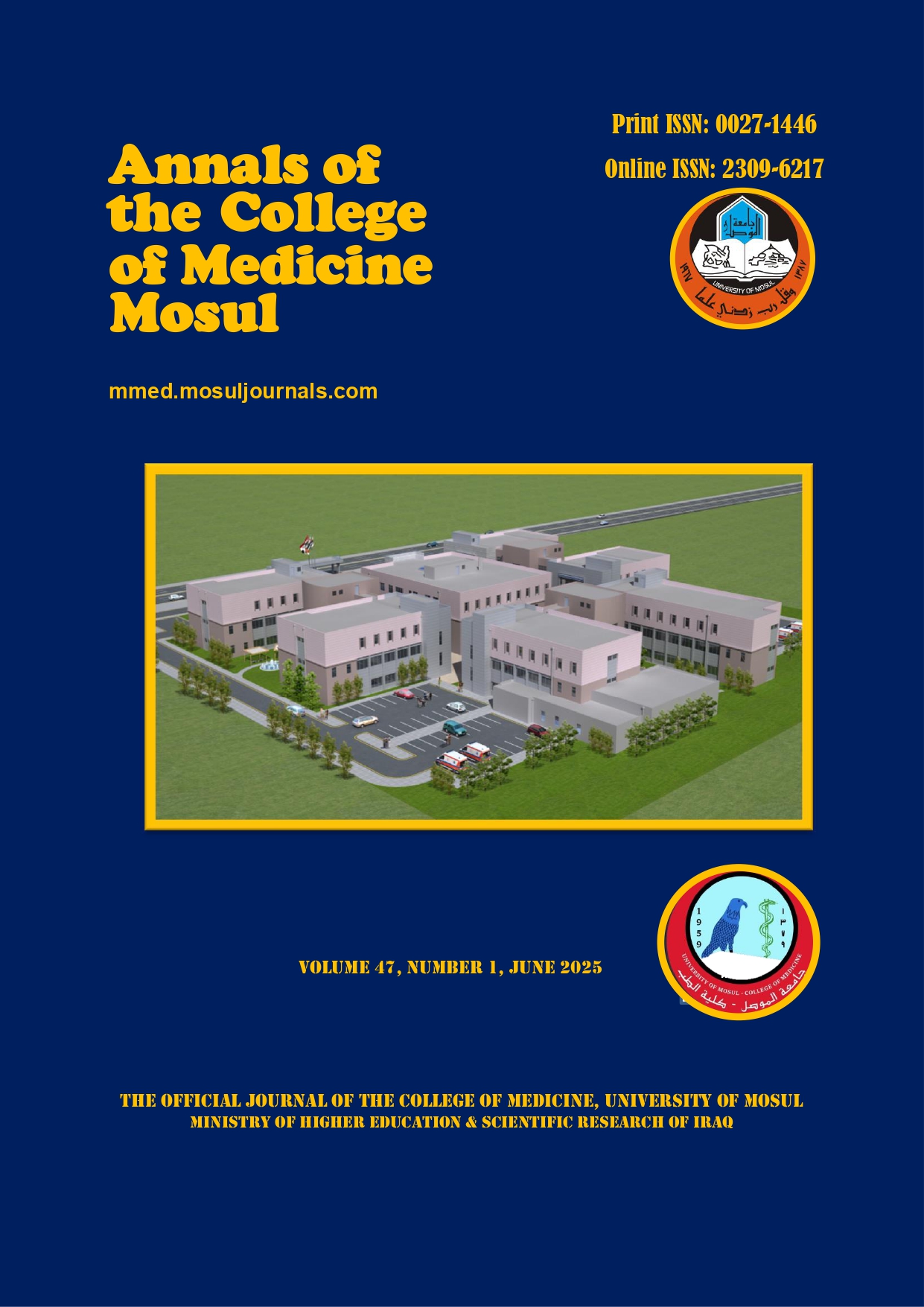The effects of pulse pressure on left atrium andleft ventricle geometry in hypertensive patients
Abstract
ABSTRACTObjectives: An increased pulse pressure (PP) suggests aortic stiffening. New evidence suggests that (PP) is more sensitive measure of cardiac risk than other indexes of blood pressure. We aim to study the effect of pulse pressure in hypertensive patients on left atrial and left ventricle diameters (LAD, LVD), left ventricle geometry [wall thickness (WT), left ventricle mass (LVM), regional wall thickness (RWT)] and the effects of age and sex on the PP. Methods: Echocardiography study of LAD, LVD, left ventricle end diastolic diameter (LVEDD), aortic root diameter (ARD), ratios and left ventricle geometry was performed on 92 patients (61 female & 31 male). A correlation analysis between these variables and pulse pressure was done. Patients were grouped into high PP >60 mmHg and normal PP <59 mmHg and chi-square test was applied.Results: We found strong positive correlation between age and PP (p value =0.00), positive correlation of PP with WT, LVM and SBP (p value < 0.05) and positive correlation of LVM to LAD, LVD, RWT, LAD/ARD, LAD/LVEDD and the age (p value <0.05). Conclusion: The PP which increased by age is the most important BP measurement (compared to SBP and DBP) that directly affects LV geometry mainly WT & LVM.Keywords: Pulse pressure, left atrium, left ventricle, geometry, LV mass, wall thickness, regional wall thickness.
